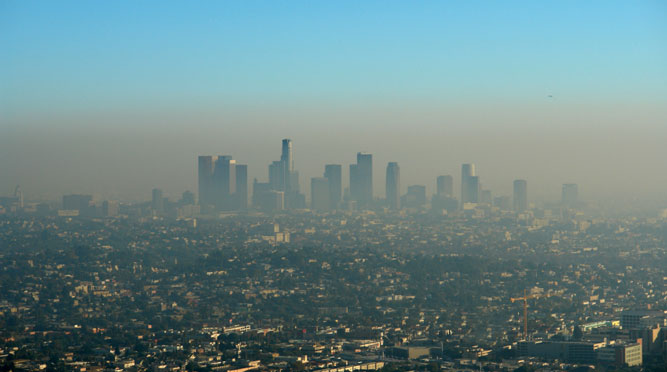Sustainability
Sustainability
Our appetite for energy appears boundless, but traditional supplies are not. We are depleting the planet’s finite stores of fossil fuels many times faster than they are formed, a situation that cannot continue indefinitely. Eventually we must devise ways to keep energy resources and consumption in sustainable equilibrium. Addressing the issue of sustainable resources in a nation that gets about 81% of its total energy from oil, coal, and natural gas is a formidable goal, but one that we must pursue vigorously.
Addressing the issue of sustainable resources in a nation that gets about 81% of its total energy from oil, coal, and natural gas is a formidable goal, but one that we must pursue vigorously.
At present, oil accounts for 36% of total energy consumption in the United States. Coal provides 18% and natural gas provides 29% of our energy. Another 9% comes from nuclear power plants. Renewable energy sources round out the roster, accounting for 10% of consumption—mostly as the result of hydropower investments made in the past century and the use of biomass (organic matter such as wood, municipal waste, and agricultural crops) for fuel and electricity production.
Those sources and their proportions will have to change eventually, because the planet’s known supplies of fossil fuels are limited. In the meantime, three developments are virtually certain. First, fossil fuels will be a major part of our nation’s energy portfolio for decades to come because no single technology will provide all of tomorrow’s energy and because it takes time and money to change the distribution and consumption patterns of large populations. Second, invention and development of more cost-effective, low-carbon energy sources will become progressively more urgent. And third, bringing those new technologies to market in convenient and affordable forms will pose a challenge perhaps as daunting as the research itself.
Related topics
Source Material
- Can Earth's and Society's Systems Meet the Needs of 10 Billion People?: Summary of a Workshop (2014)
- America’s Climate Choices (2011)
- Renewable Fuel Standard, Potential Economic and Environmental Effects of U.S. Biofuel Policy (2011)
- The Nexus of Biofuels, Climate Change, and Human Health: Workshop Summary (2014)
- Effect of U.S. Tax Policy on Greenhouse Gas Emissions (2013)
- Hidden Costs of Energy: Unpriced Consequences of Energy Production and Use (2010)

